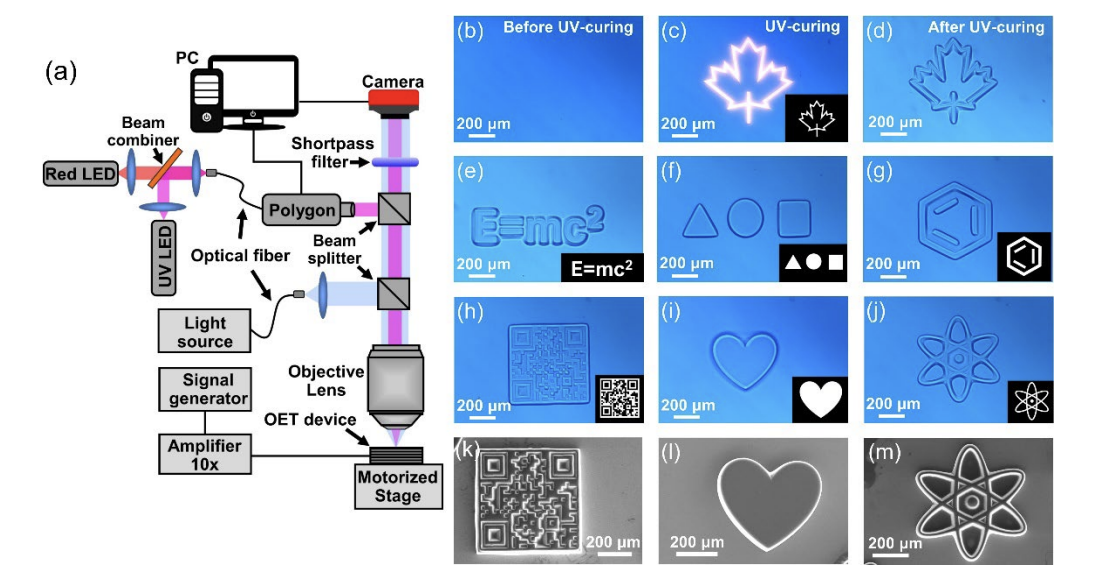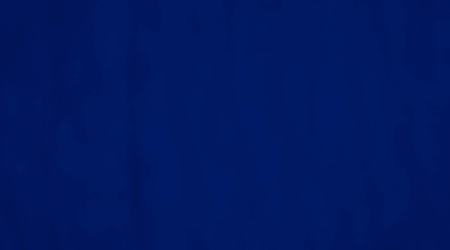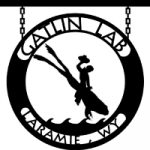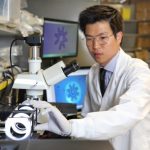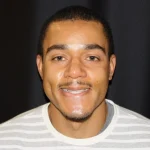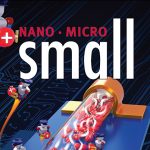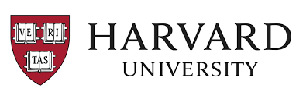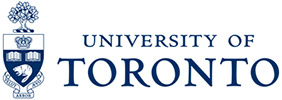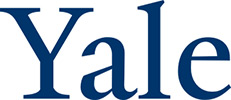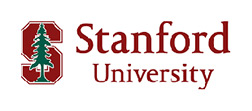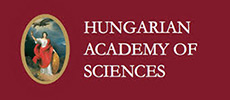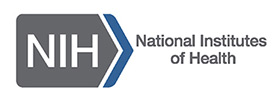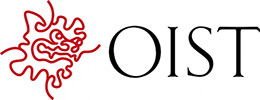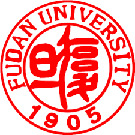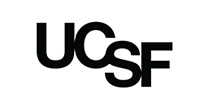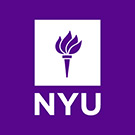Overview
The technology of manufacturing microminiaturized devices often containing chambers and tunnels for the flow of fluids is referred to as microfluidics.
In biological research, microfluidic devices allow researchers to control the environment surrounding cells, better mimicking their native environment and enabling better physiologically relevant results. Different applications and techniques are required to fabricate microfluidic devices and manipulate cells within microfluidic environments. In particular, light-dependent approaches have made a great contribution to microfluidics. For such, spatiotemporal control of light through patterned illumination has proven essential for multiple microfluidic systems.


Key System Requirements
Patterned illumination for microfluidics is usually required for both fabricating microfluidic devices (hydrogel fabrication, UV curing, initiator photopatterning) and also manipulation of cells and microdevices within microfluidic environments (e.g., Optoelectronic Tweezers [OET]). While some of these techniques may require unique specifications, most share the following requirements:
- Simultaneous multi-ROI illumination within the FOV
- Compatibility with multiple wavelengths (UV-VIS-IR) for different photochemistry reactions
- High resolution for fine microfabrication detail
- Illumination of complex shapes and sizes
- Dynamic intensity control with gradient greyscale projection
- Easy integration with a variety of microscope systems
Polygon DMD Pattern Illuminator
Mightex’s market-leading Polygon DMD Pattern Illuminator is designed and developed to meet these challenging requirements. With a DMD array of more than 1 million individual pixels, it achieves a large projection field-of-view, without compromising resolution. It is compatible with a large wavelength spectrum (350nm-1000nm) and enables greyscale intensity control. Designed to be integrated into a variety of microscope modalities and systems, and equipped with a powerful and easy-to-use pattern design & control software, the Mightex Polygon is the ideal plug-and-play tool for patterned illumination in the microfluidics field.
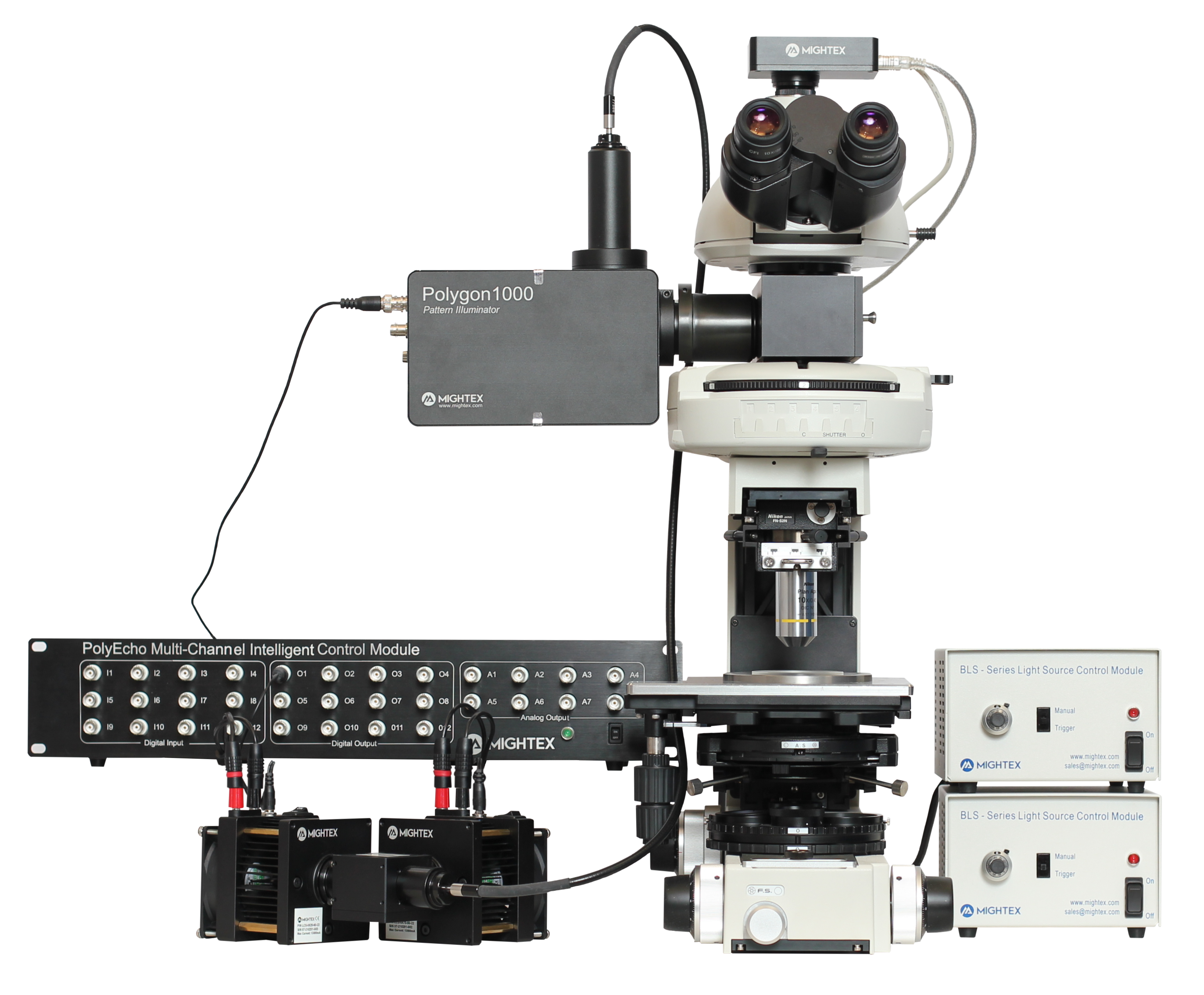
Research Highlights using Polygon DMD Pattern Illuminator

Upstream mobility and swarming of light activated micromotors (Materials Advances 2024).
Bingzhu Wu & Prof. Sambeeta Das
University of Delaware, Delaware, USA

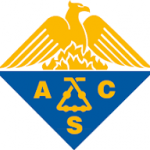
Steering micromotors via reprogrammable optoelectronic paths ( ACS nano 2023).
Dr. Mohamed Elsayed & Prof. Aaron Wheeler
University of Toronto, Toronto, Canada
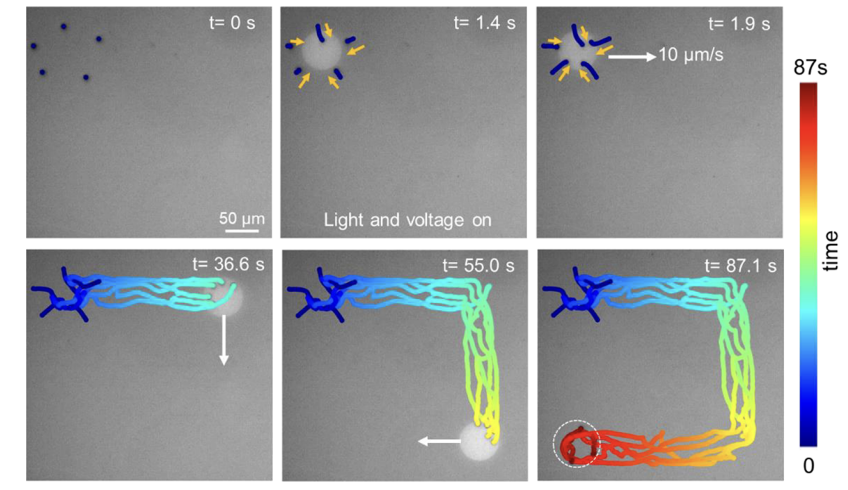
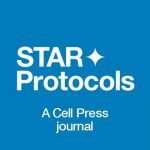
Microfluidic Encapsulation of Xenopus laevis Cell-Free Extracts Using Hydrogel Photolithography
(STAR Protocols 2020).
Zachary Geisterfer & Prof. Jesse J. Gatlin
University of Wyoming, Wyoming, USA

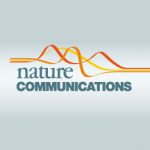
Reconfigurable multi-component micromachines driven by optoelectronic tweezers ( Nature Communications 2021).
Prof. Shuailong Zhang & Prof. Aaron Wheeler
University of Toronto, Toronto, Canada
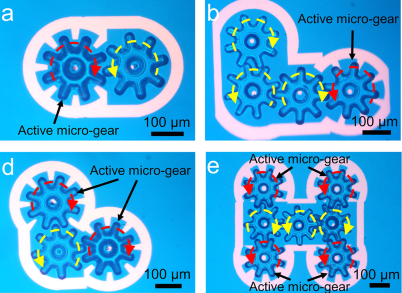

Digital Maskless Photolithographic Patterning of DNA-Functionalized Poly(ethylene glycol) Diacrylate Hydrogels with Visible Light Enabling Photodirected Release of Oligonucleotides ( ACS Macro Letters 2019).
Phillip J Dorsey & Prof. Rebecca Schulman
Johns Hopkins Whiting School of Engineering, Baltimore, USA
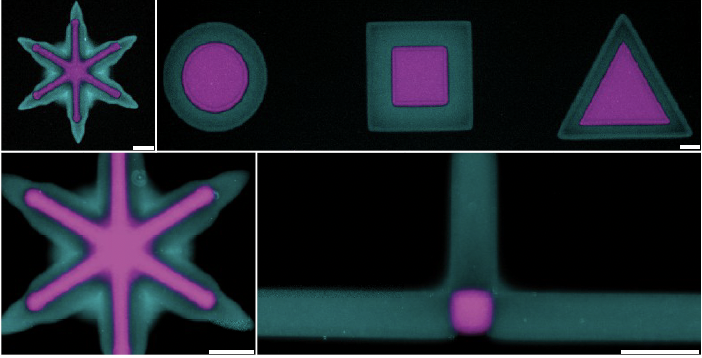
Prof. Shuailong Zhang & Prof. Aaron Wheeler
University of Toronto, Toronto, Canada
